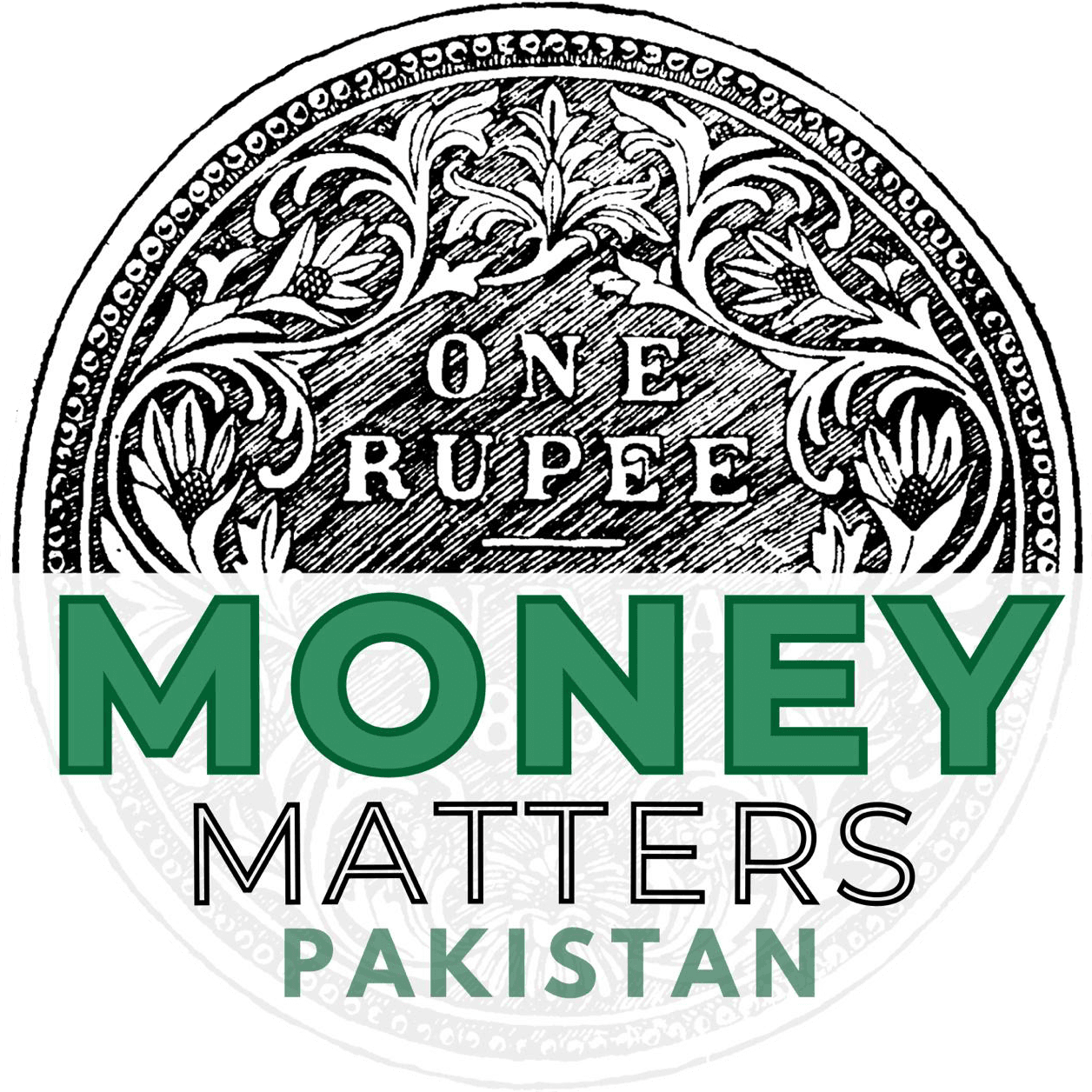Key Takeaways:
– The IMF is in talks with Pakistan for a new loan as the current $3 billion program ends.
– Pakistan’s debt-to-GDP ratio is over 70%, with significant portions of revenue going to debt interest payments.
– Civil society organizations are advocating for debt cancellation to prioritize people’s needs over debt servicing.
– The IMF’s loan conditionality has a history of exacerbating poverty and inequality in Pakistan.
The Bretton Woods Project, a UK-based watchdog monitoring the World Bank and IMF, recently discussed Pakistan’s ongoing debt crisis and its reliance on IMF loans. In a recent article, they explored the implications of Pakistan seeking another long-term loan from the IMF, as the current $3 billion program is concluding.
In March, the IMF approved the “immediate disbursement” of the last $1.1 billion tranche, urging the Pakistani government to implement further fiscal reforms. These reforms include removing subsidies for export sectors and reducing import duties, which could negatively impact the local market. The government is now seeking a new long-term loan to avoid default, especially as the country continues to recover from the severe economic crisis caused by devastating floods two years ago.
Bretton Woods Project highlighted the dire state of Pakistan’s economy, noting that the country’s foreign reserves were depleted to $3 billion in February 2023, and the IMF loan increased these reserves to $8 billion, enough to cover over eight weeks of imports. The country’s debt obligations are a significant burden, with a debt-to-GDP ratio exceeding 70% and requiring 50-60% of government revenues for debt interest payments. Only Sri Lanka, Ghana, and Nigeria have worse debt situations.
The Bretton Woods Project pointed out that civil society organizations have long called for international financial institutions to cancel Pakistan’s debt, emphasizing the need to prioritize people’s rights and needs over debt servicing.
While the IMF’s final review of the current program in May suggested that Pakistan’s economic and financial position had improved, Bretton Woods Project referred to these indicators as a ‘mirage’. The perceived stability is due to the influx of more loans, not genuine economic improvement. Pakistan is negotiating a larger, long-term loan to stabilize economic activity and seeks additional financing from the IMF under the Resilience and Sustainability Trust.
However, The Bretton Woods Project opined that, securing this new loan requires parliamentary approval for major economic reforms related to energy, power, and tax sectors, and the privatization of state-owned enterprises. If approved, this would be the 24th IMF loan for Pakistan, with the country already owing the IMF $7 billion. This situation underscores the failure of IMF reforms to address Pakistan’s long-term economic issues, while subjecting the country to additional surcharge penalties for over-reliance on IMF funding.
The loan conditionality, focused on fiscal consolidation and regressive taxation, has a long track record of worsening poverty and inequality in Pakistan. According to a recent Human Rights Watch report, these conditions have harmed human rights in the country, maintained The Bretton Woods Project.
In the past, Pakistan has been forced to adopt measures to meet IMF conditions, such as raising taxes on the nascent renewables energy market, which threatens the country’s international climate obligations. These measures are likely to fuel more protests over the coming year. For example, in May, several thousand people in Azad Kashmir protested over high prices of flour and electricity following IMF-mandated subsidy cuts and a switch to a market-based exchange rate.
“Still reeling from the 2022 floods, Pakistan was forced into a year of brutal austerity under the Stand-by Arrangement, pushing Pakistan deeper into debt crisis and sending over 4 million souls into poverty with food and energy inflation at a multi-year high,” noted Zain Moulvi, Research Director at Alternative Law Collective.
Moulvi highlighted that the Pakistani government, following early negotiations on a new loan, has been forced to raise electricity tariffs by another 20%, with the new budget initiating fresh rounds of subsidy removals and devastating tax hikes. Despite warnings from independent experts and local coalitions about the unsustainable nature of the IMF’s fiscal strategies, the Fund remains insular, insisting on its usual approach, which threatens to push Pakistan beyond the point of recovery.
Original article source: https://www.brettonwoodsproject.org/2024/07/pakistans-debt-crisis-fuelled-by-more-imf-loans/




